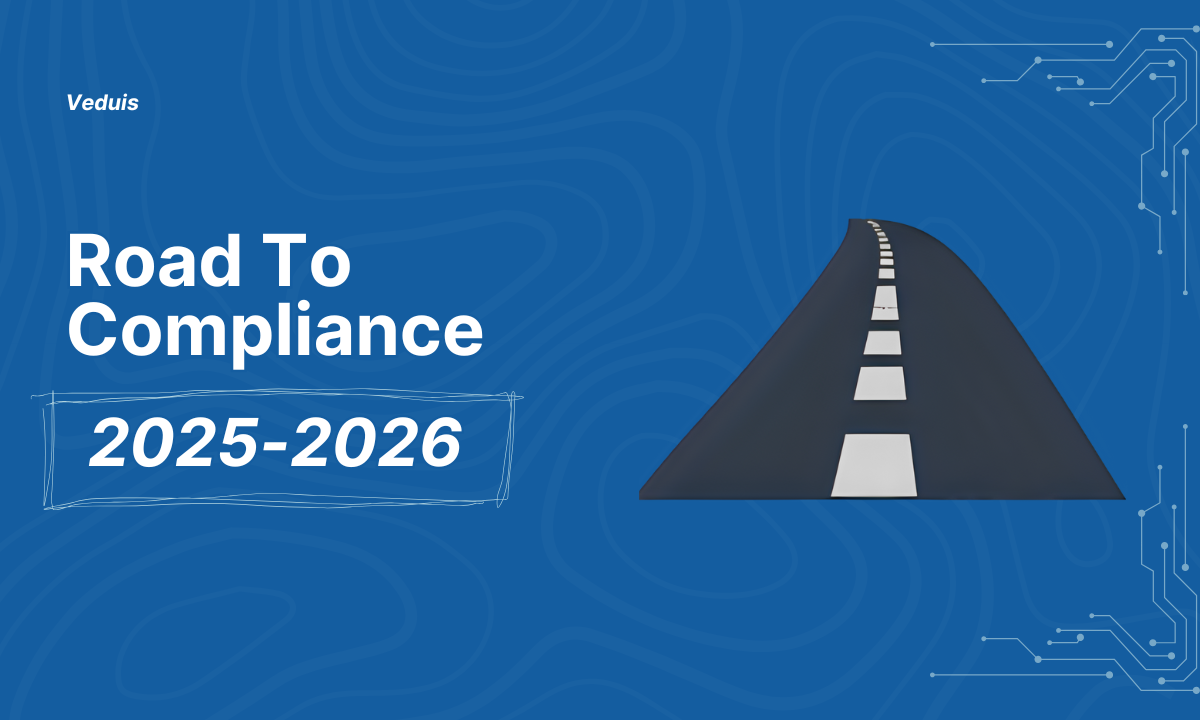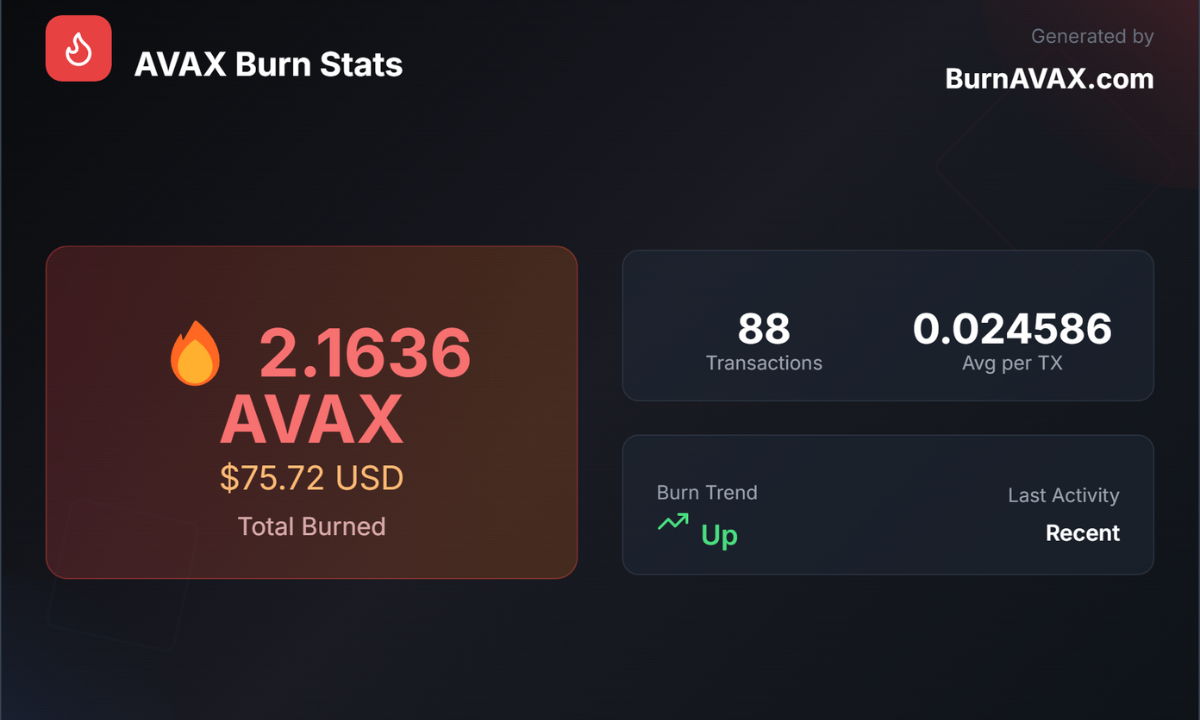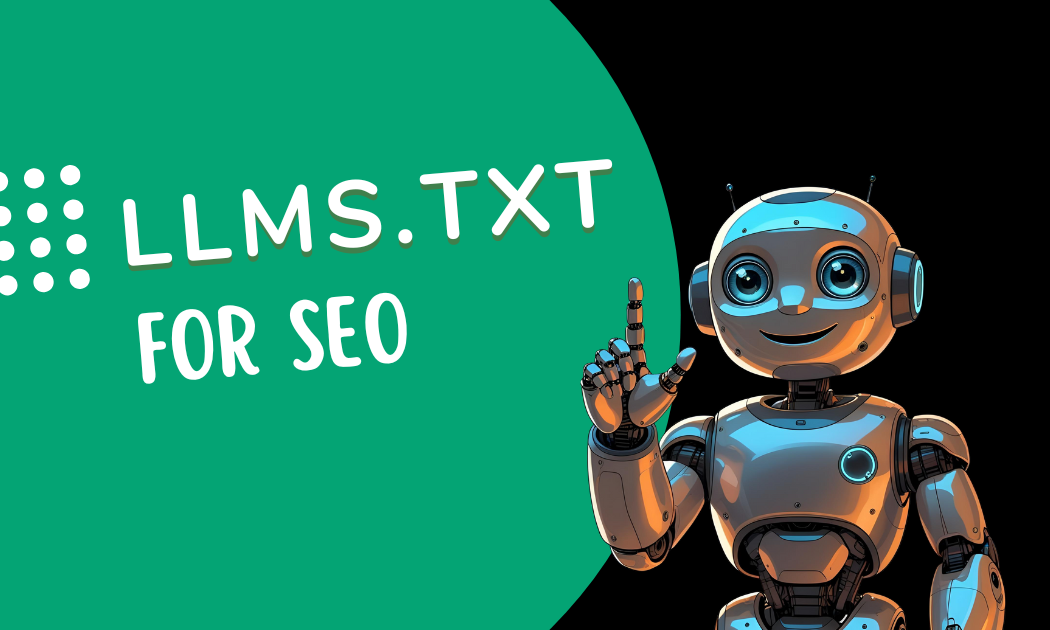Navigating ADA & WCAG Compliance in 2025-2026: A Guide for Businesses and Local Governments
As digital accessibility becomes a legal and ethical priority, businesses and local governments face mounting pressure to comply with the Americans with Disabilities Act (ADA) and Web Content Accessibility Guidelines (WCAG) by 2025 and 2026. These regulations ensure that digital platforms—such as websites, mobile apps, and online documents—are accessible to individuals with disabilities, fostering inclusivity and equal access. Non-compliance risks lawsuits, reputational damage, and missed opportunities to serve diverse audiences. This comprehensive guide explores how organizations can prepare for ADA and WCAG compliance, addresses key pain points, and offers practical solutions to achieve accessible digital experiences.
Understanding ADA and WCAG Compliance
The ADA, enacted in 1990, prohibits discrimination against individuals with disabilities, extending to both physical and digital spaces. Title II applies to state and local governments, requiring digital content to meet WCAG 2.1 Level AA standards by April 2026 for entities serving populations of 50,000 or more, and April 2027 for smaller entities. Title III applies to private businesses classified as “public accommodations,” such as retailers, restaurants, and e-commerce platforms, which must ensure “effective communication” and “full and equal enjoyment” of digital services.
WCAG, developed by the World Wide Web Consortium (W3C), provides a framework for digital accessibility based on four principles: Perceivable, Operable, Understandable, and Robust (POUR). WCAG 2.1 Level AA, the standard mandated for compliance, includes criteria like providing text alternatives for images, ensuring keyboard navigation, and maintaining sufficient color contrast. WCAG 2.2, while newer, is backwards compatible and may be adopted by forward-thinking organizations to future-proof their platforms.
In 2025, compliance is not just a legal necessity but a competitive advantage. Accessible websites improve user experience, boost SEO rankings, and attract a broader customer base, including the 26% of U.S. adults with disabilities. However, achieving compliance presents significant challenges for organizations unprepared for the technical and logistical demands.
Key Pain Points in Achieving Compliance
Organizations striving for ADA and WCAG compliance often encounter the following hurdles:
Lack of Awareness and Expertise
Many businesses and government entities are unaware of their specific obligations under ADA Title II or III. Smaller organizations, in particular, may lack in-house expertise to interpret WCAG guidelines or conduct accessibility audits. This knowledge gap can delay compliance efforts and increase reliance on external consultants.High Costs and Resource Constraints
Comprehensive accessibility audits, remediation, and ongoing maintenance require significant investment. Small businesses and local governments with limited budgets may struggle to allocate funds for hiring developers, purchasing testing tools, or training staff. The Regulatory Flexibility Act highlights that small jurisdictions often face disproportionate burdens due to limited revenues and technical staff.Complex and Outdated Digital Infrastructure
Legacy websites and apps built without accessibility in mind pose a major challenge. Retrofitting these platforms to meet WCAG 2.1 standards can be time-consuming and technically complex, especially for organizations with extensive digital assets like public records, PDFs, or third-party integrations.Inconsistent Third-Party Content
Governments and businesses often rely on third-party vendors for services like payment gateways or content management systems. Ensuring these external platforms meet WCAG standards is difficult, as organizations may have limited control over third-party code or updates.Ongoing Maintenance and Monitoring
Accessibility is not a one-time fix. New content, updates, or features can introduce compliance issues. Without a systematic approach to monitoring and testing, organizations risk falling out of compliance over time. Automated tools catch only about 30% of accessibility issues, necessitating manual testing and user feedback.Legal and Reputational Risks
The 2023 WebAIM Million report found that 96.3% of the top million homepages failed ADA standards, with an average of 50 accessibility barriers per page. Non-compliance exposes organizations to lawsuits, fines, and reputational damage, particularly as enforcement intensifies in 2025.
Practical Solutions for Compliance
To overcome these challenges, organizations can adopt the following strategies to achieve and maintain ADA and WCAG compliance:
1. Conduct a Comprehensive Accessibility Audit
Start by assessing your digital assets—websites, apps, PDFs, and social media content—against WCAG 2.1 Level AA standards. Use a combination of automated tools like WAVE or Axe and manual testing by accessibility experts to identify issues such as missing alt text, poor color contrast, or non-navigable forms. For comprehensive results, include functional testing by users with disabilities to uncover real-world barriers.
Action Steps:
Inventory all digital assets, including third-party tools.
Prioritize critical user journeys (e.g., payment processes, service applications).
Hire a professional auditor if in-house expertise is limited.
2. Develop a Phased Remediation Plan
Based on audit findings, create a prioritized roadmap for remediation. Focus on high-impact fixes first, such as adding alt text, improving keyboard navigation, and ensuring video captions. Break the plan into manageable phases to balance cost and progress, especially for resource-constrained organizations.
Action Steps:
Assign clear roles and timelines for remediation tasks.
Budget for short-term fixes and long-term infrastructure updates.
Document all changes to track compliance progress.
3. Train Staff and Establish Governance
Educate employees—developers, designers, content creators, and procurement teams—on WCAG guidelines and accessibility best practices. Establish internal policies, such as an accessibility statement and procurement guidelines requiring vendors to provide Voluntary Product Accessibility Templates (VPATs) demonstrating WCAG compliance.
Action Steps:
Offer regular training through resources like WebAIM or the International Association of Accessibility Professionals (IAAP).
Publish an accessibility statement on your website.
Update contracts to mandate WCAG-compliant third-party services.
4. Leverage Technology for Scalability
Invest in accessibility tools to streamline compliance efforts. Automated testing tools can flag basic issues, while content management systems with built-in accessibility features simplify ongoing maintenance. For organizations with complex digital ecosystems, consider solutions that integrate seamlessly with existing platforms to monitor and address accessibility in real time.
Action Steps:
Use tools like Lighthouse for real-time accessibility insights.
Evaluate CMS platforms with native WCAG support.
Explore widget-based solutions for quick fixes on legacy systems.
5. Engage Users for Continuous Improvement
Involve users with disabilities in testing and feedback loops to ensure your digital platforms meet their needs. This approach not only improves compliance but also enhances user experience, leading to a 30% boost in UX, according to a 2022 Gartner report.
Action Steps:
Conduct usability testing with assistive technologies like screen readers.
Create channels for users to report accessibility issues.
Regularly update your accessibility plan based on feedback.
6. Prepare for Global Standards
For businesses operating in or targeting the European Union, the European Accessibility Act (EAA) mandates WCAG 2.2 compliance by June 2025. Aligning with WCAG 2.2 now can prepare organizations for both U.S. and global requirements, reducing future rework.
Action Steps:
Review EAA requirements if serving EU customers.
Adopt WCAG 2.2 for future-proofing.
Conduct manual audits to meet EAA’s interactive element standards.
The Role of Technology in Simplifying Compliance
As organizations navigate the complexities of ADA and WCAG compliance, technology can play a pivotal role in reducing the burden. While manual audits and expert remediation are essential, scalable solutions can address immediate needs and support long-term accessibility goals. For example, accessibility widgets can enhance user experience by offering features like adjustable text sizes, high-contrast modes, and screen reader compatibility. These tools are particularly valuable for organizations with legacy systems or limited technical resources, as they provide quick, integrable fixes without requiring extensive code overhauls.
One such compliance solution, VComply, offers a user-friendly accessibility widget designed to help businesses and governments achieve WCAG 2.1 compliance. VComply integrates seamlessly with existing websites, automatically addressing common accessibility issues like missing alt text or insufficient color contrast. Its AI-driven features continuously monitor and update content to maintain compliance, reducing the need for constant manual intervention. By simplifying integration and providing real-time accessibility insights, VComply empowers organizations to focus on delivering inclusive digital experiences while mitigating legal risks. For small businesses or local governments facing budget constraints, VComply’s cost-effective approach can be a game-changer, ensuring compliance without breaking the bank.
Benefits of Compliance Beyond Legal Requirements
Achieving ADA and WCAG compliance offers benefits that extend beyond avoiding lawsuits:
Enhanced User Experience: Accessible websites are easier to navigate for all users, improving engagement and satisfaction.
SEO Boost: WCAG-compliant sites align with Google’s 2025 SEO guidelines, as accessibility features like alt text and structured headings improve search rankings.
Broader Reach: Catering to users with disabilities expands your audience, increasing customer loyalty and revenue.
Reputation and Trust: Demonstrating a commitment to inclusivity strengthens brand image and public trust.
Conclusion
As the 2025 and 2026 deadlines for ADA and WCAG compliance approach, businesses and local governments must act swiftly to ensure their digital platforms are accessible to all. By addressing pain points like resource constraints, outdated infrastructure, and lack of expertise, organizations can implement practical solutions—audits, remediation plans, staff training, and scalable technology—to achieve compliance. Tools like VComply can simplify the process, offering cost-effective, AI-driven solutions to maintain accessibility over time. Beyond legal obligations, compliance enhances user experience, boosts SEO, and fosters inclusivity, positioning organizations as leaders in a digital-first world.
For more resources, explore the W3C Web Accessibility Initiative (WAI), WebAIM, and the DOJ’s ADA.gov for detailed guidelines and tools. Start your accessibility journey today to build a more inclusive digital future.






